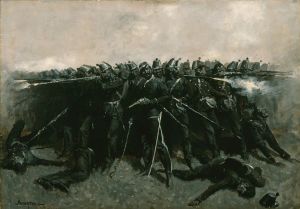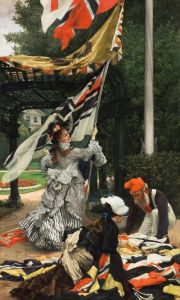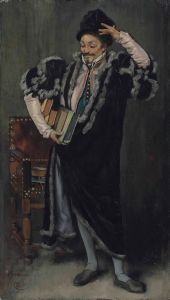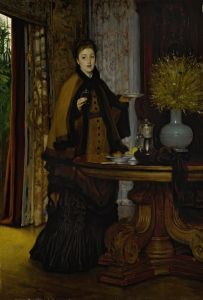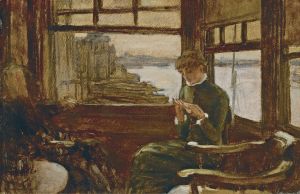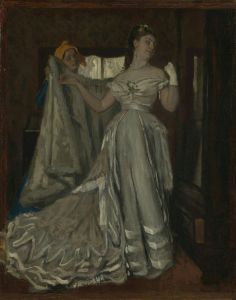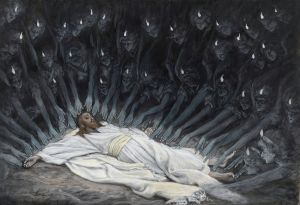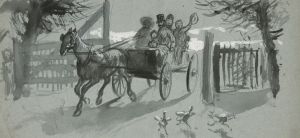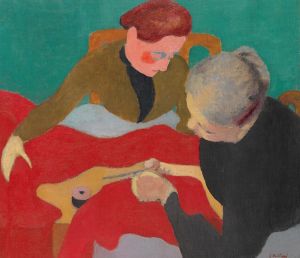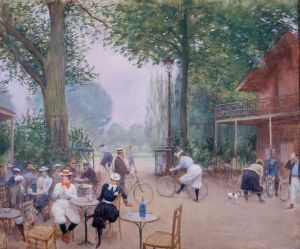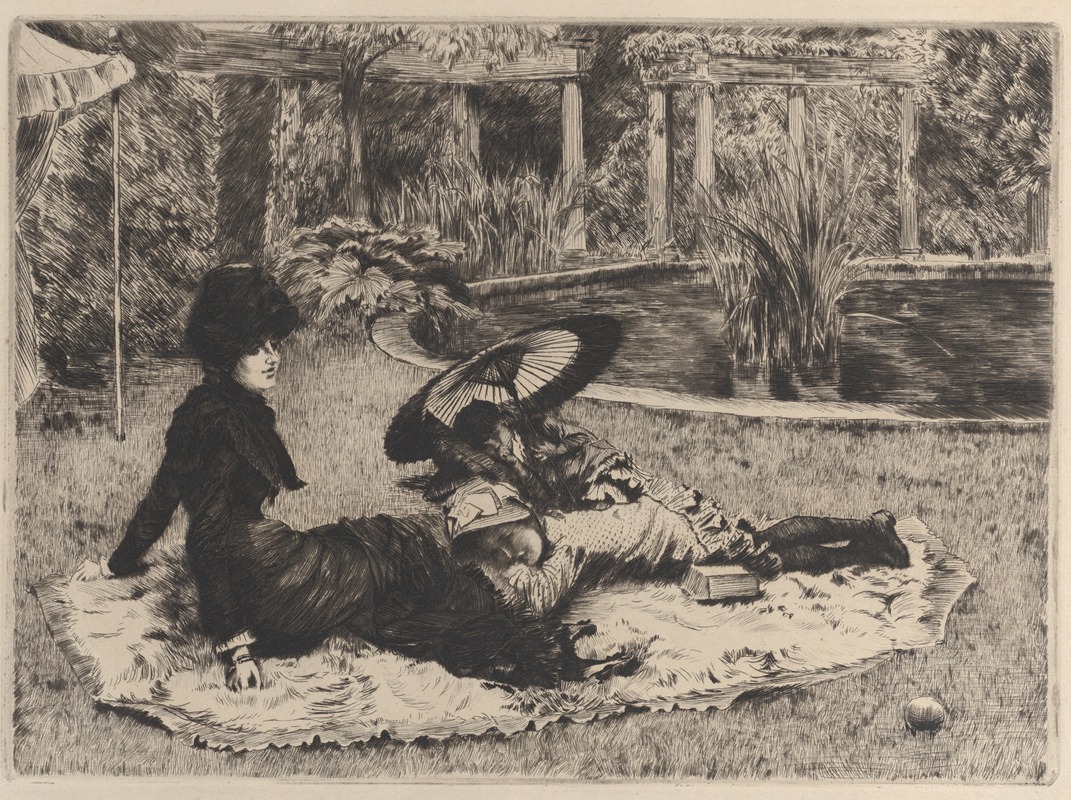
On the Grass
A hand-painted replica of James Tissot’s masterpiece On the Grass, meticulously crafted by professional artists to capture the true essence of the original. Each piece is created with museum-quality canvas and rare mineral pigments, carefully painted by experienced artists with delicate brushstrokes and rich, layered colors to perfectly recreate the texture of the original artwork. Unlike machine-printed reproductions, this hand-painted version brings the painting to life, infused with the artist’s emotions and skill in every stroke. Whether for personal collection or home decoration, it instantly elevates the artistic atmosphere of any space.
James Tissot, a French painter known for his detailed and fashionable depictions of contemporary life, created the painting "On the Grass" during the late 19th century. Tissot's work is often celebrated for its intricate attention to detail and its ability to capture the nuances of social interactions and the fashion of his time. While specific details about "On the Grass" are not as widely documented as some of his other works, we can contextualize it within Tissot's broader oeuvre and the artistic trends of the period.
James Tissot was born Jacques Joseph Tissot on October 15, 1836, in Nantes, France. He initially studied at the École des Beaux-Arts in Paris and became associated with the Impressionists, although his style remained distinct. Tissot's work is characterized by its realism and the meticulous rendering of fabrics and textures, which often reflect the opulence and elegance of the late Victorian era.
"On the Grass" likely exemplifies Tissot's fascination with leisure activities and the social customs of the upper middle class. His paintings often depict scenes of people engaged in leisurely pursuits, such as boating, promenading, or enjoying garden parties. These settings allowed Tissot to explore themes of fashion, social status, and the subtleties of human interaction.
Tissot's move to London in 1871, following the Franco-Prussian War and the Paris Commune, marked a significant period in his career. In England, he achieved considerable success, gaining patronage from the British elite. His works from this period often feature English settings and subjects, reflecting the cultural milieu of Victorian society.
"On the Grass" would likely fit within this context, showcasing Tissot's ability to capture the essence of a moment with precision and elegance. His paintings are known for their narrative quality, often suggesting a story or a moment frozen in time. The attention to detail in clothing and setting not only highlights the fashion of the era but also serves to convey the personalities and social dynamics of the figures depicted.
Tissot's work, including "On the Grass," is often noted for its use of light and color, which contribute to the overall mood and atmosphere of the scene. His compositions are carefully constructed, with a keen eye for balance and harmony. This meticulous approach allows viewers to engage with the painting on multiple levels, appreciating both its aesthetic qualities and its social commentary.
In summary, while specific information about "On the Grass" is limited, it can be appreciated as part of James Tissot's broader body of work, which captures the elegance and complexity of 19th-century society. His paintings remain valued for their technical skill and their ability to convey the subtleties of human experience within the context of their time.





